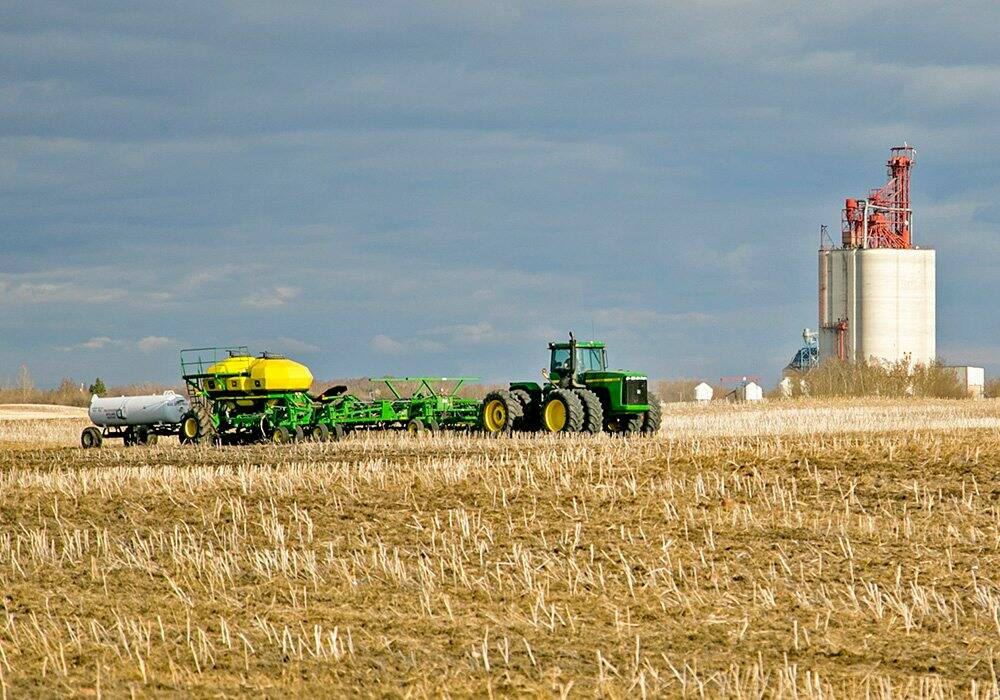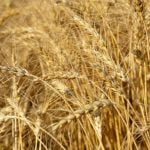When the Manitoba Agriculture Department in late 2004 announced a major reorganization to its extension service, some predicted the demise of farm extension in the province.
After all, the signs weren’t good in the rest of the country.
A number of provinces, especially Saskatchewan, Alberta and Ontario, were cent ral izing, downs izing and, in some cases, eliminating their extension services. A drastic reduction in government agricultural extension seemed the norm across Canada.
But the doomsayers in Manitoba needn’t have worried. Extension service continued after the department’s first major overhaul in nearly 25 years.
Read Also

Better data on fertilizer emissions with the Internet of Things
Web of soil sensors looks for live insights on farm greenhouse gas emissions and nitrogen fertilizer application.
That’s not to say there wasn’t a difference in the approach. There certainly was.
Gone were the local ag reps (agricultural representatives) who traced their roots in Manitoba back to 1915. They were now called production advisers and business development specialists.
Gone, too, were the five agricultural regions into which Manitoba had been carved in the 1970s. Replacing them was a net-w ork of GO (Growing Opportunities) teams. GO team managers took the place of regional directors. Knowledge centres supplanted former departmental branches.
It all seemed a bit bewildering to farmers accustomed to local ag reps and to staff agrologists used to
advising producers about growing things.
But the provincial Agriculture Department had undergone a metamorphosis in recent years and a reorganization was needed to reflect that, said Dori Gingera- Beauchemin, a Manitoba Agriculture, Food and Rural Initiatives assistant deputy minister.
The department added “Food” to its moniker soon after the NDP government came to power in 1999. “Rural Initiatives” became part of the title following the NDP’s re-election in 2003.
The broader focus brought about a new mandate for MAFRI . The depar tment wasn’t just about crops and livestock any more. It was also about agricultural diversification, food processing and economic activity out on the land.
“We didn’t drop any programs when we did the realignment. We just developed different approaches to
doing them,” said Gingera- Beauchemin, who led a departmental team overseeing the changes.
Today, 11 GO teams in 41 offices throughout the province act as a front-line delivery arm for programs. Knowledge centres determine needs for programs and design them, Gingera- Beauchemin said.
It’s called horizontal management and it requires a different mindset from the one that prevailed before. GO teams have a wider scope than local agricultural offices used to have, GingeraBeauchemin said.
“It’s no longer serving one community only. The mandate of staff is to serve the entire team.”
Enlarging the focus enabled MAFRI to embrace all three mandates under its umbrella: agriculture, food and rural initiatives, she said.
Knowledge centres still deal with traditional farming, including crops and livestock. But they now also cover non-traditional ones, such as agri-environment, land use, innovation and adaptation, marketing, value-added and food commercialization.
GO off ices somet imes partner with industry in sharing facilities, Gingera- Beauchemin added. For example, the GO office in Winnipeg (yes, there’s agriculture in the city) is in the same building as the Manitoba Food Processors Association. The Carberry GO office is co-located with the Canada-Manitoba Crop Diversification Centre.
The transition wasn’t always a smooth one. Some staff had to relocate from the city to the country. Others had trouble making the switch in their job requirements, Gingera-Beauchemin acknowledged.
John McGregor, the former ag rep in Steinbach, said he enjoyed the change because his job title became production adviser with an emphasis on crops and livestock.
As a result, he was able to pick fields of specialty he was interested in: cereals, corn and forages.
“Of 100 per cent of my job, I threw away about 40 per cent of it and spent the remaining 60 per cent doing the 100 per cent,” said McGregor, who retired in April 2009 after 34 years with MAFRI.
But some ag reps who became business development specialists experienced more difficulty because they were thrust into an area for which they had limited background, he said.
Doug Chorney, who farms near Selkirk, said the GO team approach sometimes means farmers have to travel farther to get the information they need because the appropriate specialist isn’t available locally.
At the same time, the range of available expertise is broader, added Chorney, who is also Keystone Agricultural Producers vice-president.
For example, a farm business specialist can advise farmers on how to start up a short-line railway – something an ag rep might not have been able to do.
Chorney said he’s heard little from producers about MAFRI’s new extension model, which may be a case of no news being good news. [email protected]
———
“It’snolongerservingonecommunityonly.”
– DORI GINGERA-BEAUCHEMIN, MAFRI ADM TEST














